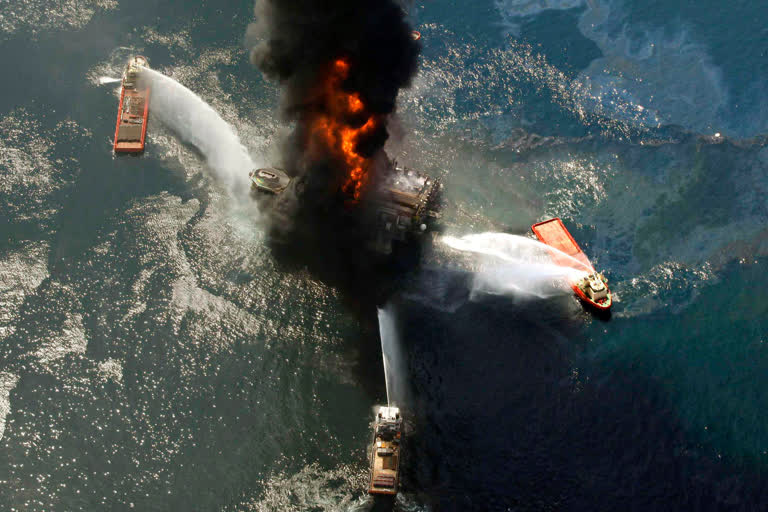New Orleans: Ten years after an oil rig explosion killed 11 workers and unleashed an environmental nightmare in the Gulf of Mexico, companies are drilling into deeper and deeper waters, where the payoffs can be huge but the risks are greater than ever.
Industry leaders and government officials say they're determined to prevent a repeat of BP's Deepwater Horizon disaster.
It spilled 134 million gallons of oil that fouled beaches from Louisiana to Florida, killed hundreds of thousands of marine animals and devastated the region's tourist economy.
Yet safety rules adopted in the spill's aftermath have been eased as part of President Donald Trump's drive to boost US oil production.
And government reviewed data shows the number of safety inspection visits has declined in recent years, although officials say checks of electronic records, safety systems, and individual oil rig components have increased.
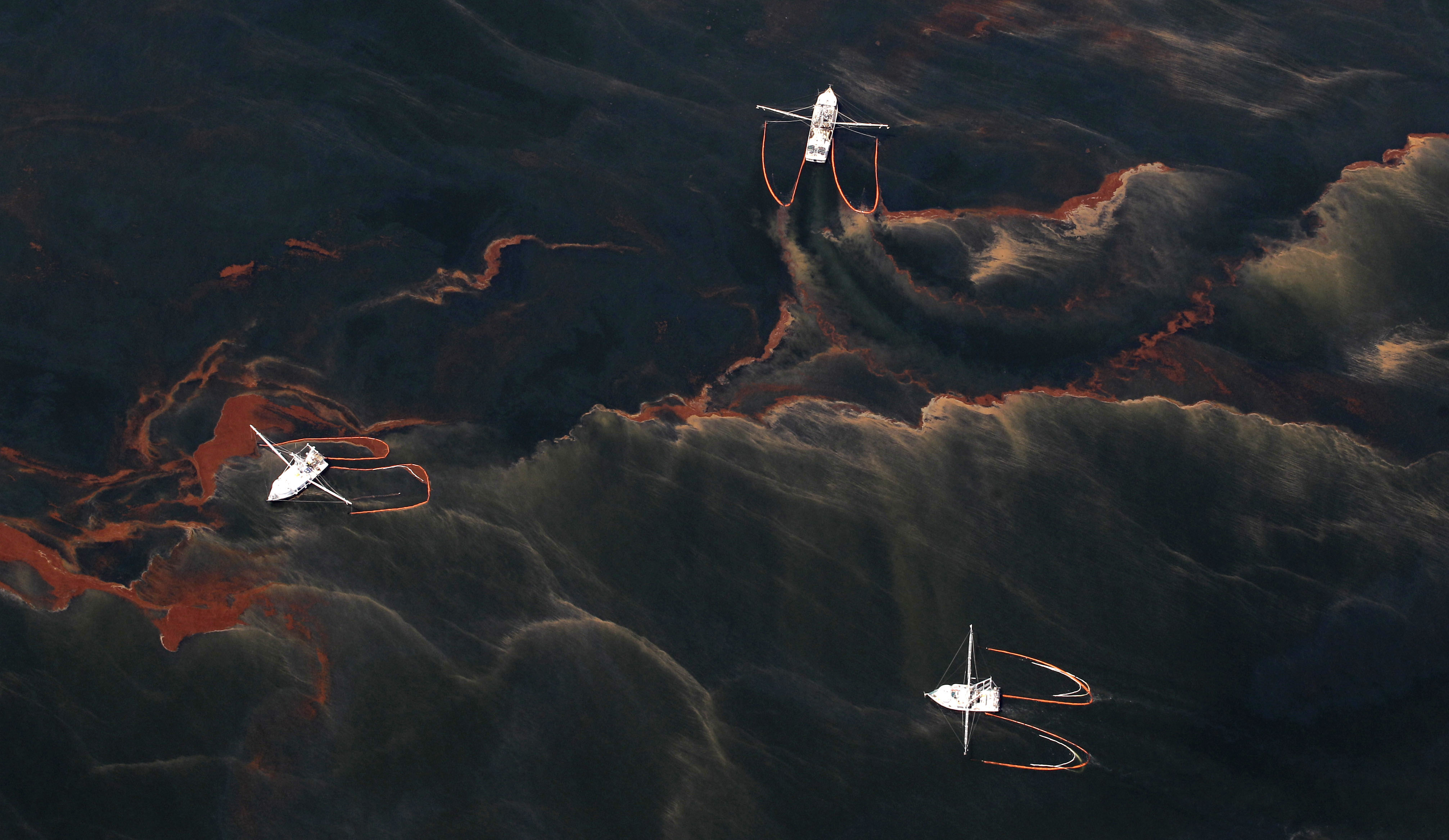
Today companies are increasingly reliant on production from deeper and inherently more dangerous oil reserves, where drill crews can grapple with ultra-high pressures and oil temperatures that can top 350 degrees.
Despite almost USD 2 billion in spending by the industry on equipment to respond to an oil well blowout like BP's, some scientists, former government officials, and environmentalists say safety practices appear to be eroding.
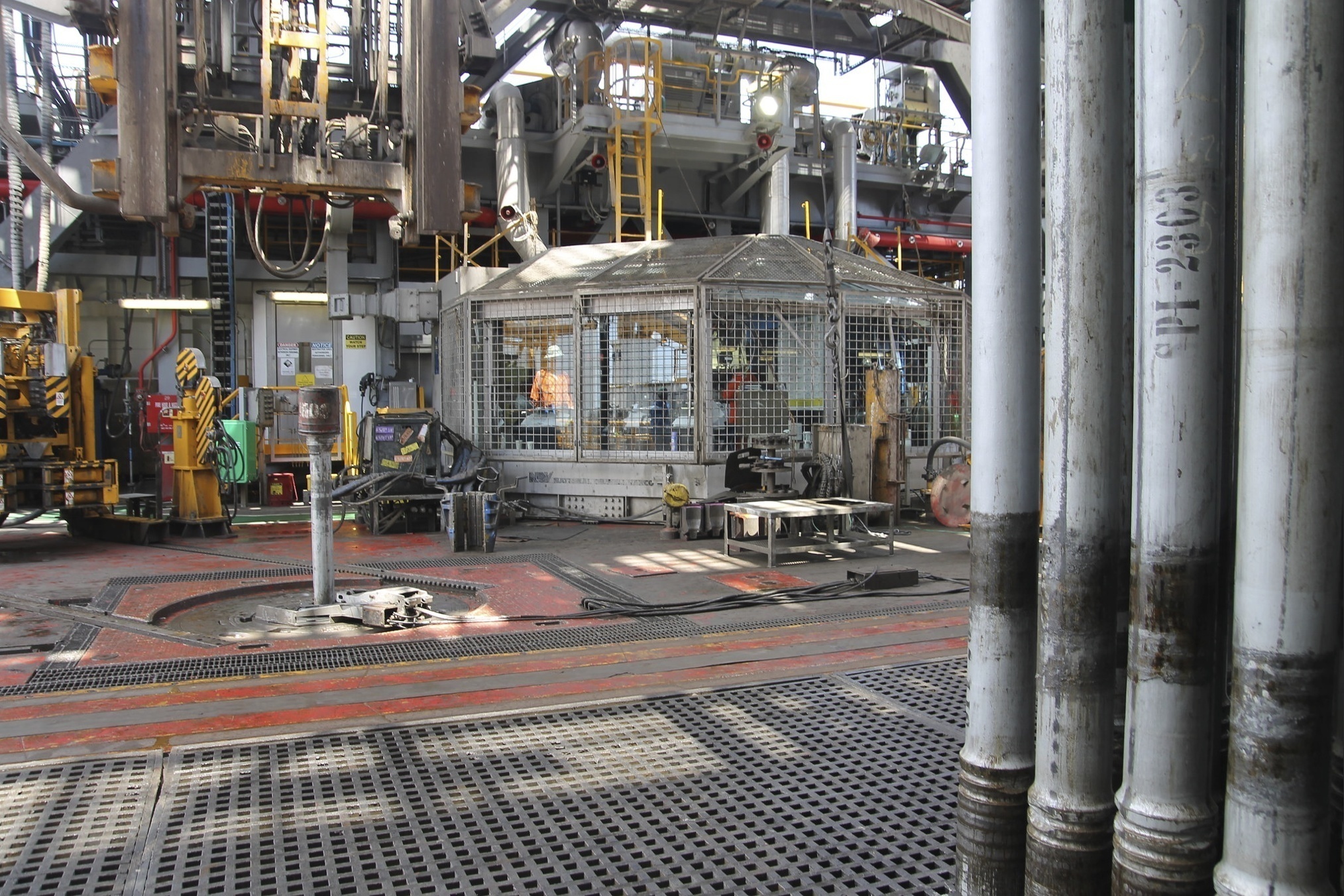
And there are worries that cleanup tactics have changed little in decades and are likely to prove as ineffective as they were in 2010.
Regulators and industry leaders say they've employed lessons from the April 20, 2010, disaster to make deep-water drilling safer by setting tougher construction and enforcement standards.
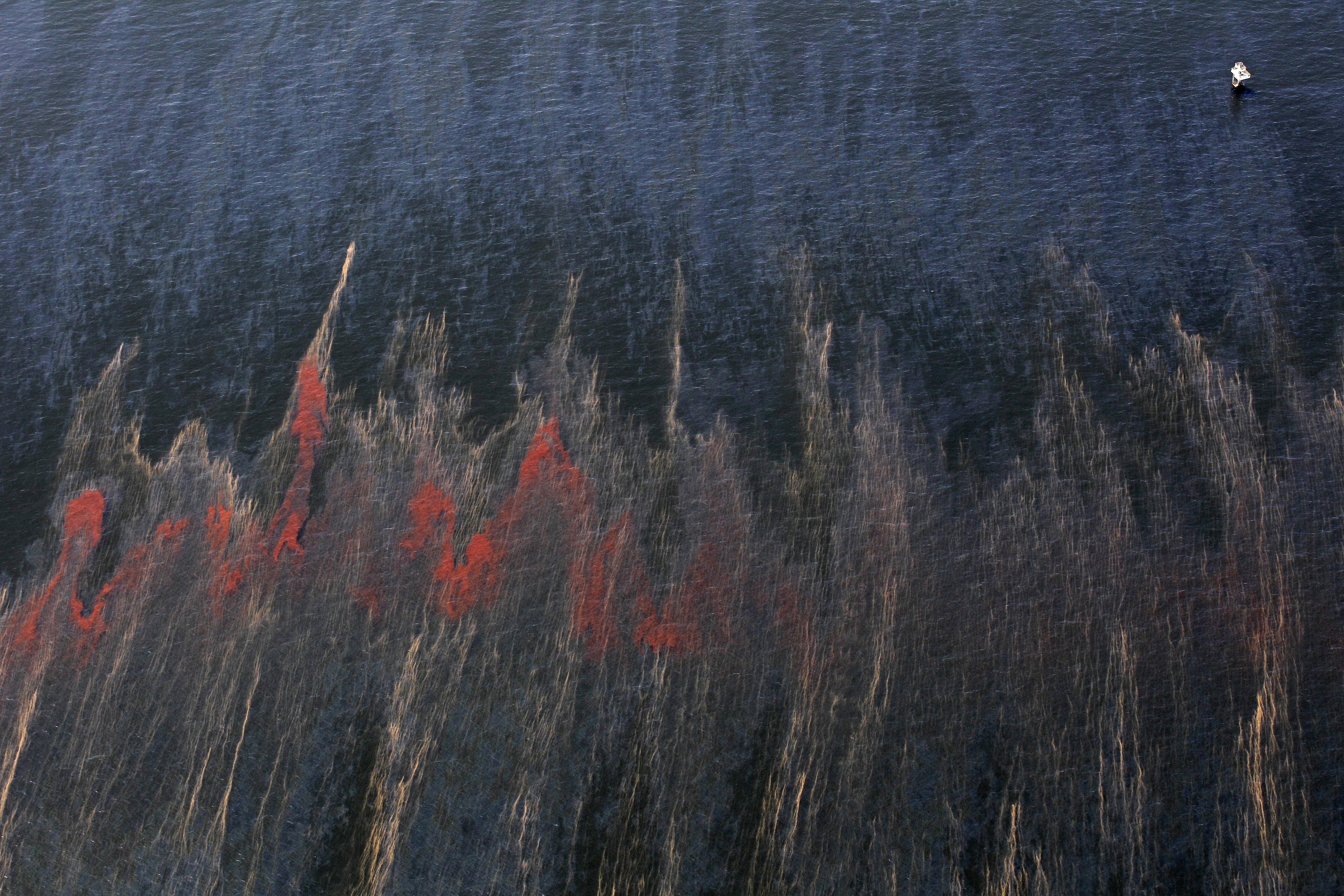
Companies have a financial interest in preventing a repeat of the 2010 disaster, which cost BP more than $69 billion in cleanup, fines, fees, and settlements.
Questions over environmental effects linger, and litigation continues over health problems suffered by cleanup workers.
Competing oil giants joined in the disaster's wake to create the Marine Well Containment Co., which has equipment and vessels positioned regionwide to quickly corral oil if another major spill occurs.
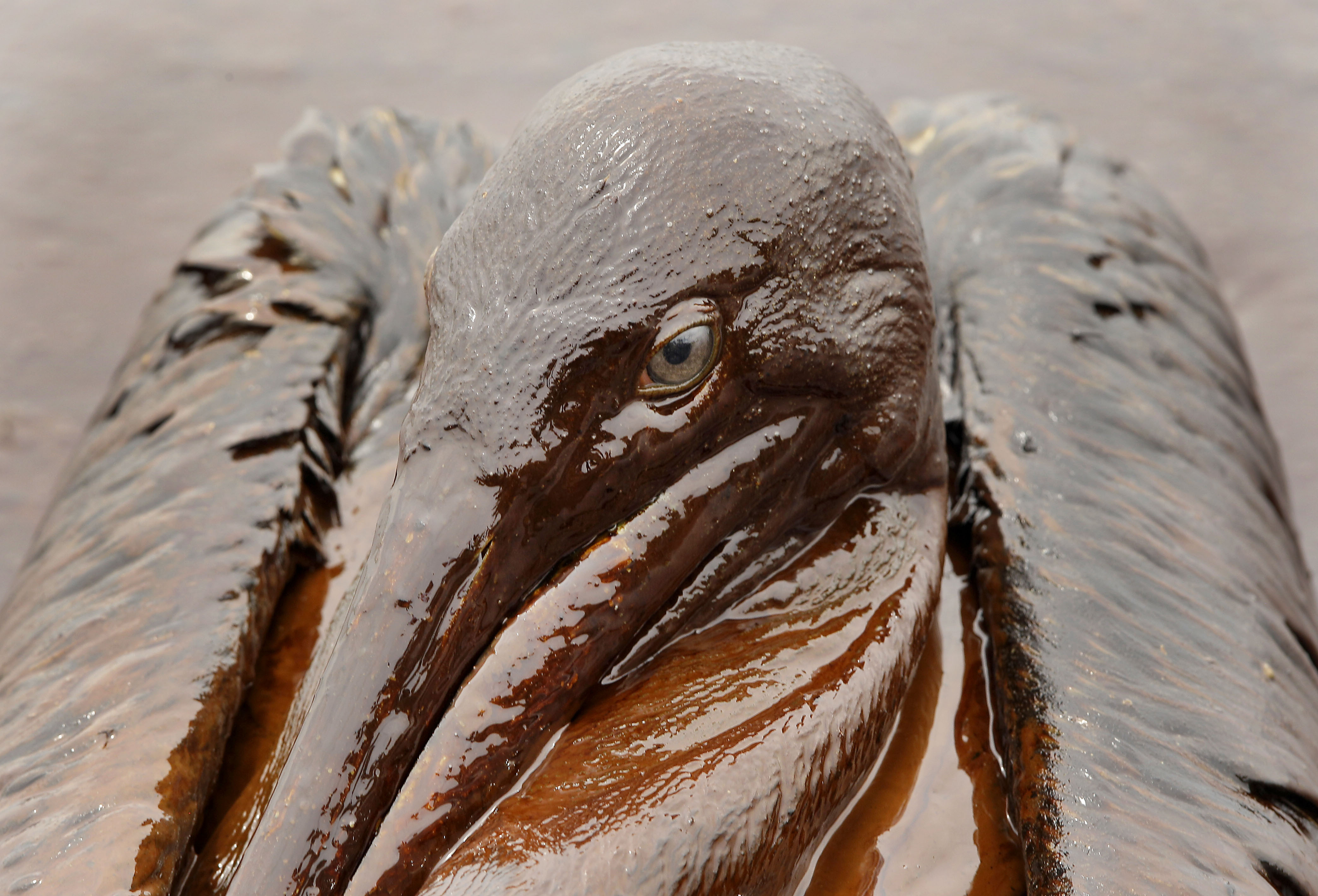
The hope is that such equipment won't be needed.
Yet the Trump administration has relaxed rules adopted in 2016, including the frequency of drilling rig safety tests.
That's projected to save energy companies roughly USD 1.7 billion in compliance costs over a decade.
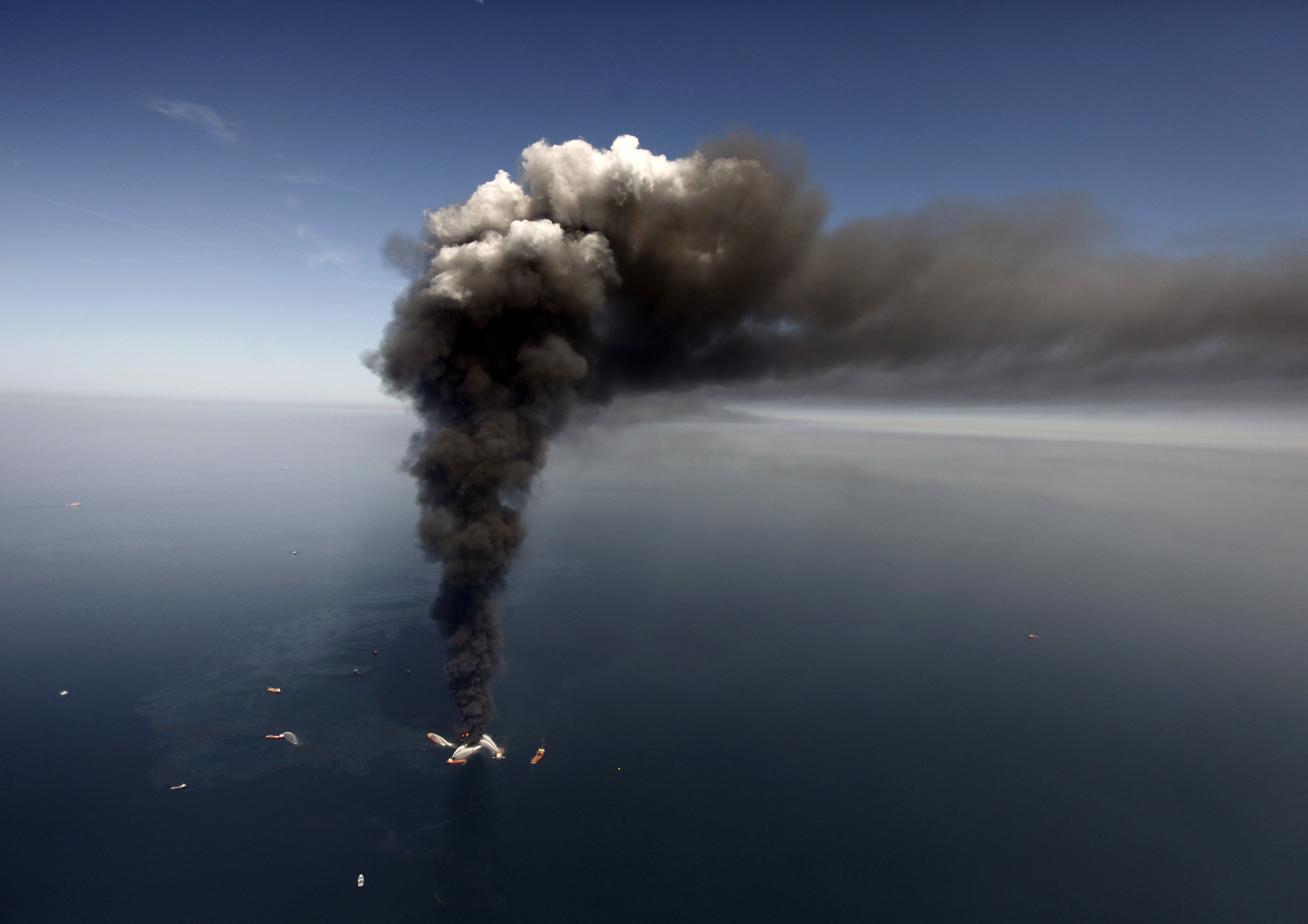
An AP review found the number of safety inspection visits by the U.S. Bureau of Safety and Environmental Enforcement — created after the spill — went down more than 20% over the past six years.
Industry advocates say inspection figures reflect a greater emphasis on complex systems that influence safety rather than minor technical matters and note there are fewer if bigger, active oil platforms.
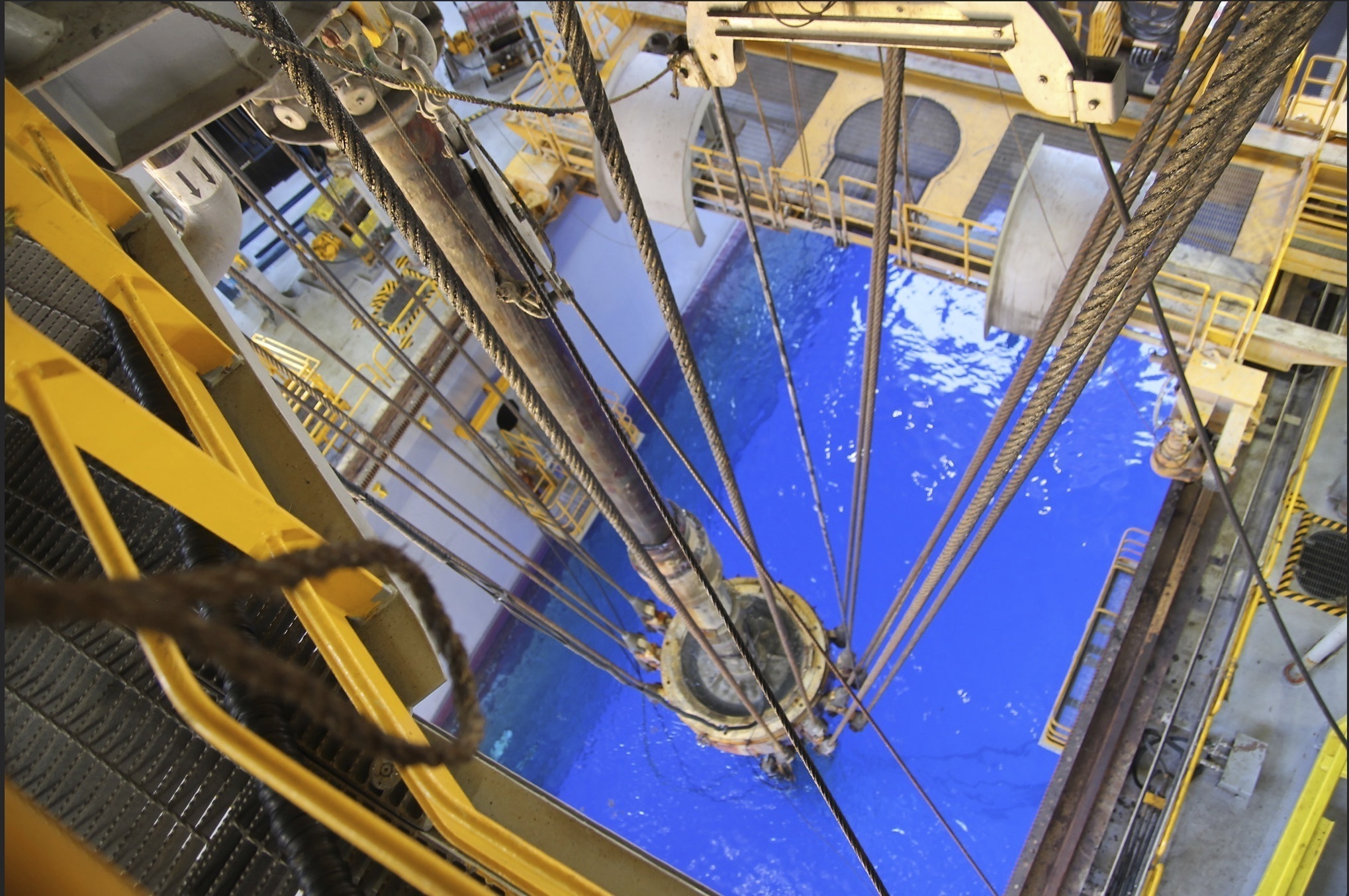
They say the administration's rule changes allow companies to deviate from "one-size-fits-all" standards not always suited to water pressure and other conditions at individual wells.
Environmentalists and critics say the changes appear to be eroding safety practices adopted after the spill — even as drilling moves to deeper water.
(AP)
